The mental health impact of remote working
As you may have seen from our recent blog post – as well as various reports in the media! – here at Castle we have recently moved into our stunning new office in the historic heart of Liverpool city centre. Thanks in part to the extra space the new office has provided, our staff are now gradually beginning to return to in-person working. For many, this marks the end of over a year of remote work. We’ve finally been able to see some old faces in the flesh rather than on a flickering screen, while many of our staff members are meeting each other in person for the very first time.
This move to return to the office is not just a consequence of our spacious, stylish new home – it’s also part of Castle’s broader commitment to the health and wellbeing of its staff. Amid all the discussions and debates around what a post-Covid world may look like, one thing cannot be overlooked: prolonged periods of working from home have had a devastating impact on the mental health of people across the UK, as well as weakening the bonds of our communities.
In this post, we’ll look at some of the downsides of the socially distanced, screen-based world we have found ourselves inhabiting during the course of the pandemic. When it comes to figuring out what we want the “new normal” to look like, it’s important that we acknowledge and affirm the challenges we have all faced over the last fifteen months. Only then will we be able to move forward together toward a healthier, happier way of working.
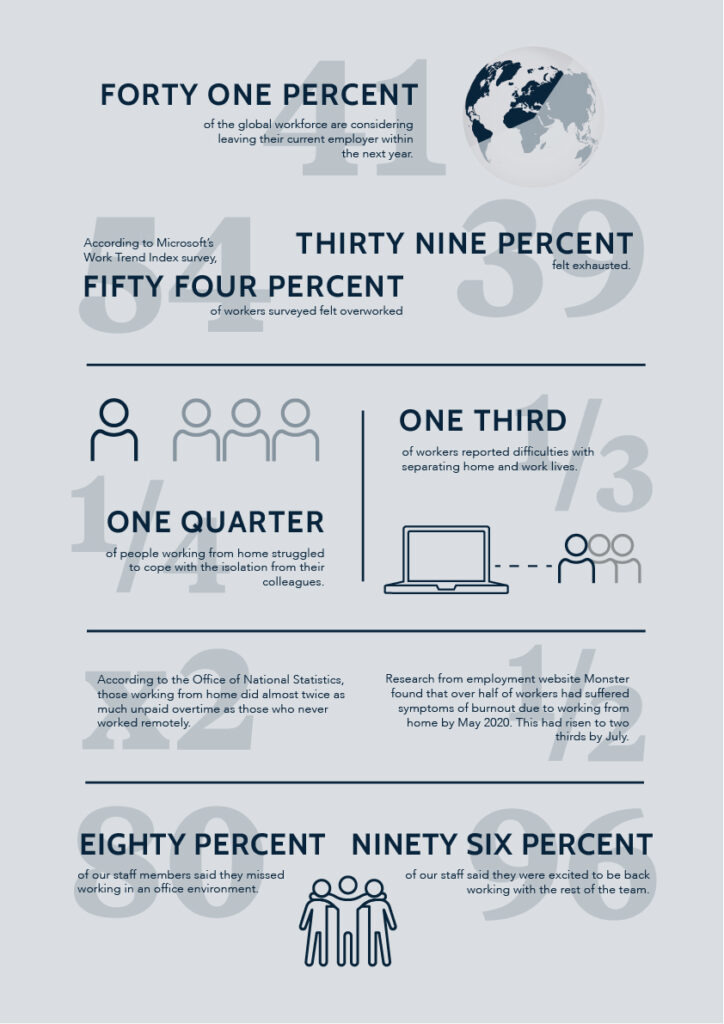
Remote working during the pandemic
At the time of writing, the UK is still optimistically awaiting the full lifting of the lockdown restrictions that were first introduced on 16th March 2020. These restrictions have substantially limited the reasons for which people have been able to leave their home, the activities they’ve been able to take part in, and the ways that they’ve been able to interact with their friends and family.
The effects of this unprecedented situation continue to be profound and far-reaching. For many of us, our everyday lives have changed beyond recognition, with little sense of what the “new normal” might look like. How we socialise and relax, how we shop and travel – each of these fundamental activities have been transformed, possibly for good.
For many of us, however, perhaps the most significant impact on our day-to-day existence has come from changes to how we work.
The government’s guidance that those who can work from home should do so has been in force almost continuously since the initial outbreak of the pandemic – it was briefly lifted in August 2020 before being reintroduced the following month and maintained ever since. The effect of this guidance was immediate: by April 2020, almost half of British workers were working from home at least some of the time, and this number had increased further by June.
Whether we are ever likely to see a shift back to pre-Covid working patterns remains a bone of contention. Early in the pandemic, major companies such as Aviva and Facebook announced that they planned to allow their employees to work from home permanently. Indeed, Facebook’s Mark Zuckerberg indicated he expected half of the Facebook workforce would move to remote working by 2030, even while acknowledging, in an interview with the Wall Street Journal, that most would prefer to return to the office.
Others have been more critical of this trend. The CEO of Goldman Sachs, David Solomon, remarked that he would expect all employees to return to the office as soon as was practical. He noted that the “innovative, collaborative” culture of the business simply did not suit remote working – something that spoke directly to us here at Castle.
But workplace culture aside, it is now becoming clear that the downsides of working from home have been substantial, and that the impact on employees’ health cannot – and must not – be overlooked by employers, whatever the future holds.
The downsides of working from home
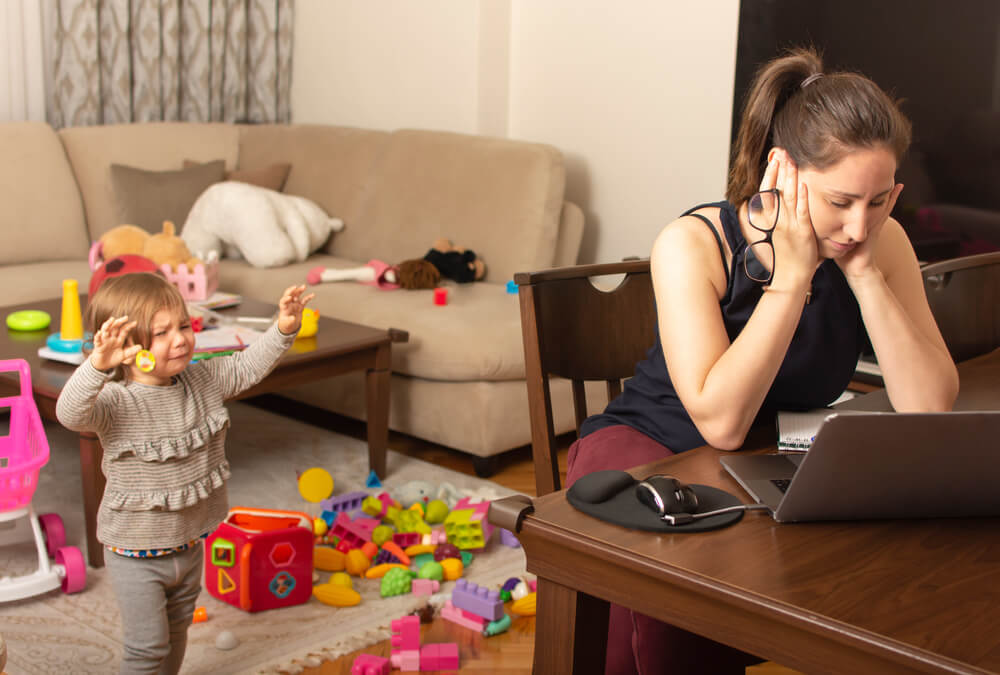
In July 2021, the National Centre for Social Research published the key findings of their study into the impact of working from home on the mental health of employees in the UK. Their conclusions are clear, and the implications stark: there has been a significant increase in loneliness and other forms of mental distress felt by those working from home during the pandemic. Most shockingly, this was not limited to those living alone – even those living with others were impacted.
This research has confirmed other findings that have gradually emerged since the first lockdown last March. As early as June 2020, a survey conducted by the healthcare charity Nuffield Health found that a quarter of those working from home were struggling to cope with the isolation from their colleagues.
And it is not just the social isolation that has proven detrimental. In the same survey, almost a third of workers reported difficulties with separating the home and work lives. This had significant consequences for working hours – according to the ONS, those working from home did almost twice as much unpaid overtime as those who never worked remotely.
In recognition of the substantial challenges posed by working from home, both the NHS and the mental health charity Mind now provide tips on how to maintain your mental health while working from home.
In both cases, emphasis is placed on the way remote working has blurred the boundaries between work and home life, and the resulting dangers of burnout. Without the clear schedules and routines that the daily rhythm of travel to the office provided, the ability to draw boundaries has become extremely challenging. A survey by the employment website Monster found that over half of workers had suffered symptoms of burnout due to working from home by May 2020 – and this had risen to over two-thirds by July.
“Digital exhaustion is a real and unsustainable threat.”
Microsoft Work Trend Index: 2021 Annual Report
As a recent, highly detailed report by Microsoft has noted: “digital exhaustion is a real and unsustainable threat.” The report includes a survey of over 30,000 workers from 31 countries, finding that 54% were overworked and 39% felt exhausted.
Zoom fatigue and digital exhaustion
When it comes to digital exhaustion, it’s easy (and understandable) to emphasise the exhaustion part. But it’s important, when considering the impact of working from home, that we highlight the digital part.
A growing body of evidence is making clear that the very tools that enable remote working bring with them a great many downsides for our mental health.
Many of us are now extremely familiar, for instance, with Zoom. The video conferencing software has become ubiquitous since the start of the pandemic – by April 2020, the company was already reporting over 300 million daily meeting participants.
Without software like Zoom (as well as Microsoft Teams and Google Meet), it would have been virtually impossible for Castle – like many others – to continue working more or less as normal through the pandemic. Yet what is equally clear is that none of these remote solutions can replace the direct, immediate feel of in-person interaction.
In an eye-opening interview with the Scotsman, psychiatrist Dr. Chris Bell noted that video calls fall short of non-virtual interactions in a way that can contribute to our feelings of exhaustion: “video calls are a lot more demanding on our brains … Often the resolution isn’t good enough to see people’s micro-expressions. What people are thinking, their emotions. It’s a lot harder to judge whether what we are saying is landing.”
The unique forms of exhaustion caused by virtual meetings quickly gained a name: Zoom fatigue. Indeed, this phenomenon is now so widely accepted that Stanford University is currently conducting research in order to establish a Zoom Exhaustion & Fatigue (ZEF) scale!
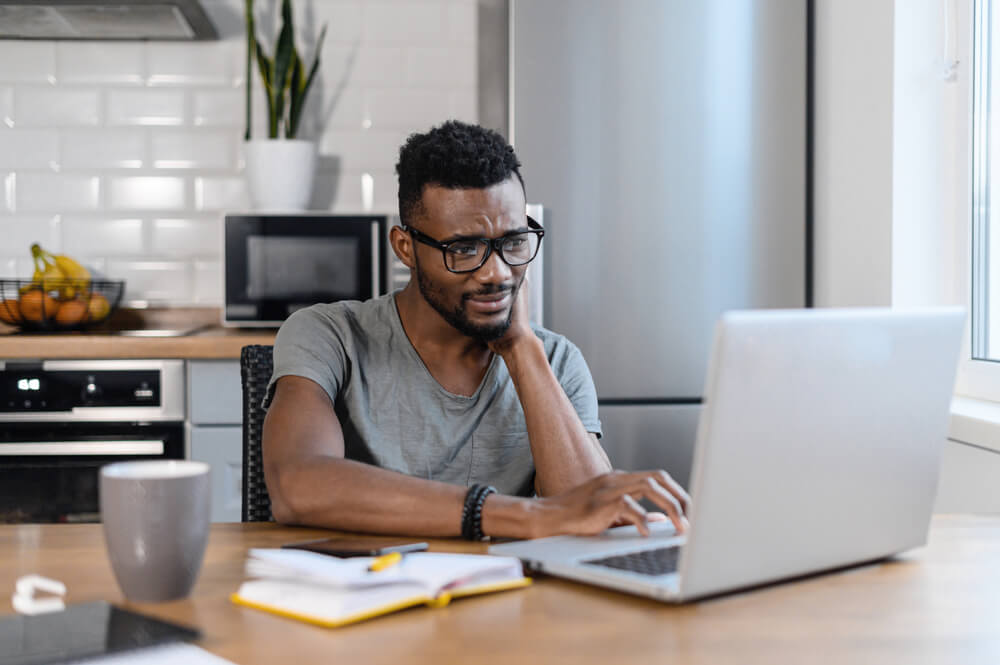
The cost to cities
However, it is not only individuals that have been struggling under the impact of working from home. Our local communities have also been significantly undermined by the sudden absence of those who had formerly sustained them through their day-to-day activity.
The images are now part of our collective memory: the series of photos, in late March and April of last year, of deserted city centres and empty roads, shuttered shops and silent stations. They seemed to represent, in physical form, the shock and distress of a society suddenly massively transformed and facing an unknown future.
As time has gone on, the consequences of this mass exodus for towns and cities across the country have become dismayingly evident. A June 2021 report by the Centre for Economics and Business Research (CEBR) found that the pandemic has resulted in a loss of £11.9 billion in city centre spending, and their analysis of five major UK cities found that they stood to lose £322 million a month from hybrid working in the future. As the report notes, “there could be potentially fatal consequences for businesses that are usually the recipients of city centre spending.”
In a recent report on the pandemic’s impact on cities, The Conversation coined a powerful name for the phenomenon: zoomshock.
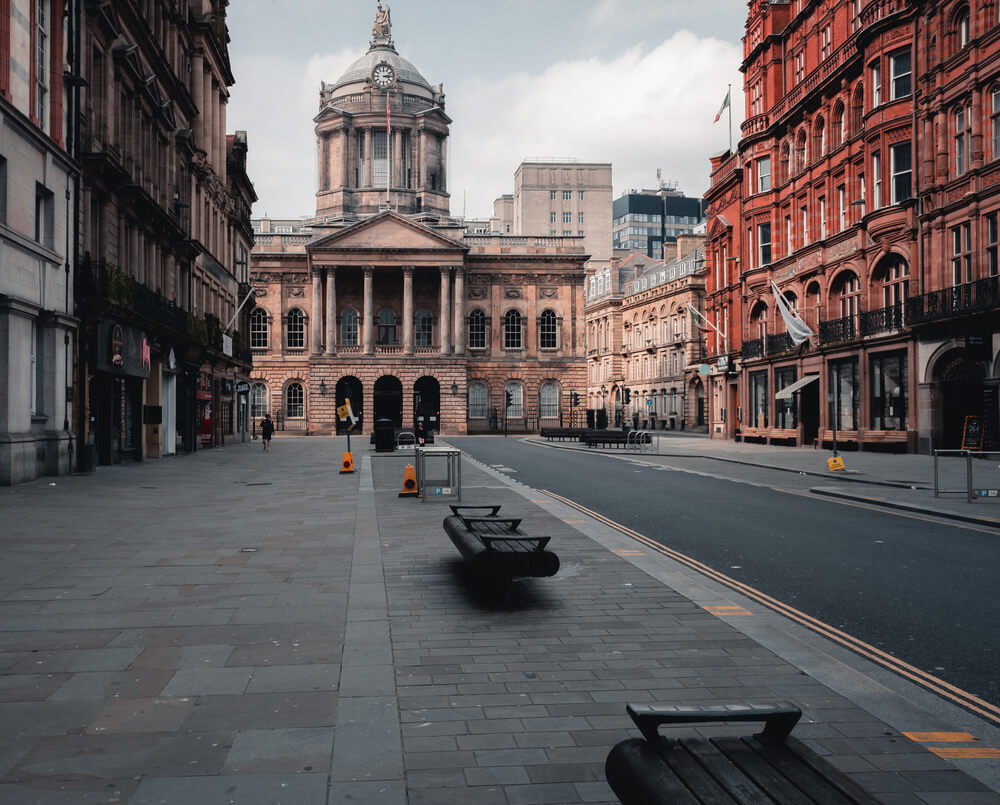
For us at Castle, our ties to the local community are at the heart of our business. After all, even the name Castle comes from Castle Street, our home base and one of the original seven streets from which Liverpool was formed. For this reason, it was important to us to do what we could to stave off the potentially catastrophic effects of zoomshock.
Thus, returning to the office is not just, for us, about supporting our employees’ mental and physical health and combating the isolation, loneliness, and stress of remote working. It is also about reconnecting with the city that we call home, and the community it supports and sustains.
Back to business
Just prior to the opening day of our new office, we conducted a survey of our employees to get a sense of how they were coping with the ongoing lockdown measures, and their feelings on returning to the workplace. The results were overwhelming. 80% of staff members said that they missed working in an office environment, while 96% were excited to be back working with the rest of the team.
These results are unsurprising in the context of the devastating toll that working from home has taken on employees throughout the UK – and across the world, too.
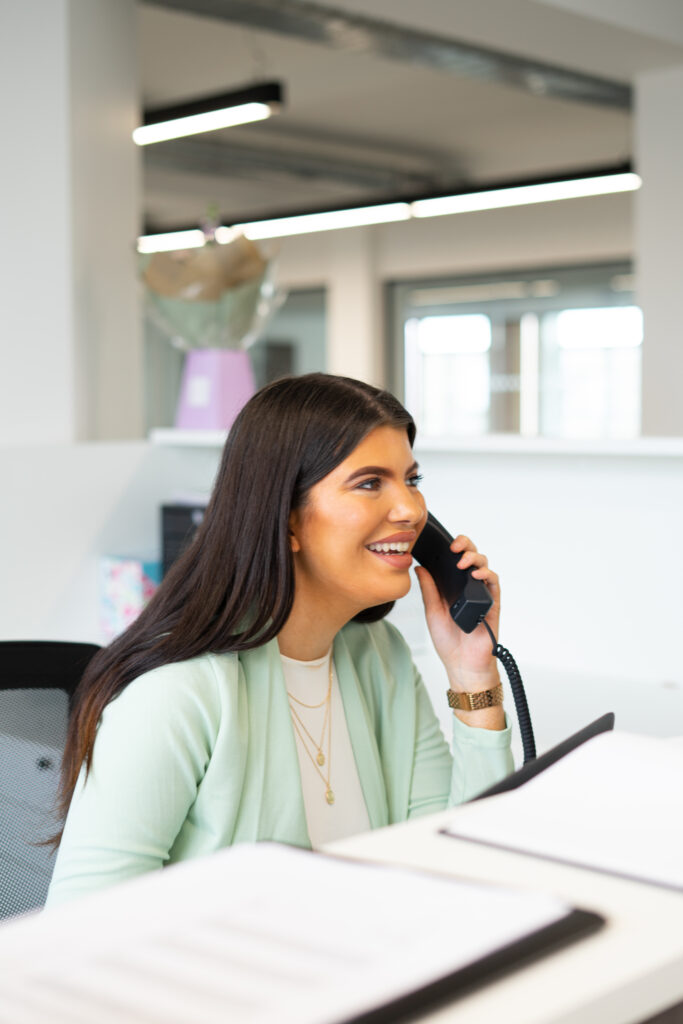
Almost a month later, we can already see the benefits of our return to the office. From the reduction of digital fatigue as a result of a decreased reliance on Zoom calls and Teams messaging, to an increase in the vibrancy and positivity of our workplace culture thanks to those unexpected encounters in the corridor or idle conversations while the kettle boils, the improvements have been immediate and significant.
And of course, we’re sure that all the local coffee shops are happy to have our extremely generous patronage once again!
It is difficult to know what the future holds when it comes to our working lives. As the Microsoft report discussed above notes, 41% of employees are thinking of leaving their current employer, and 66% of business leaders are considering redesigning their offices to allow for hybrid forms of work. Things are, very clearly, in flux.
Though we are not fortune-tellers, at the very least we can say that we are happy to be supporting our employees to step out of the enforced isolation of the Covid era, and can’t wait to see what unexpected insights and creative inspirations will be the result of our newfound freedom to gather together, face-to-face, once again.
